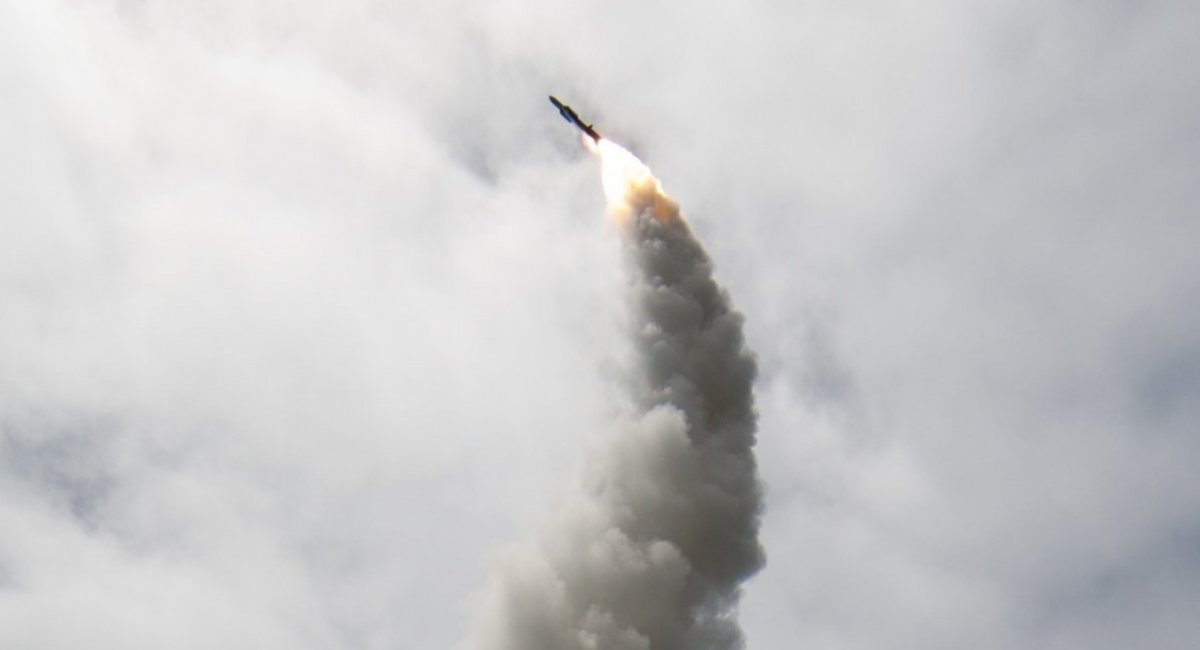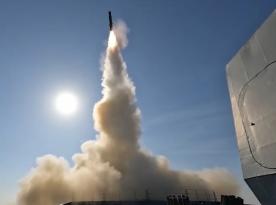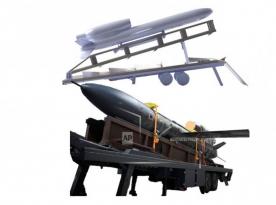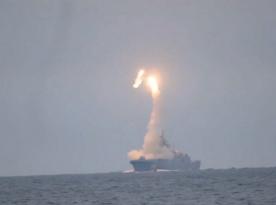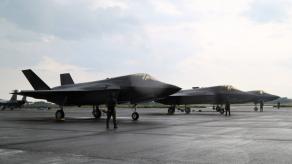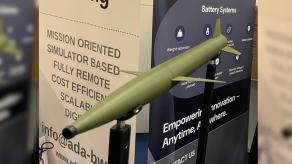The U.S. Department of Defense has announced a new $258 million contract with Raytheon, the country's largest missile manufacturer, to advance the development and production of the SM-2 Block IIICU surface-to-air missile. The program represents the next stage in modernizing one of the U.S. Navy's primary air defense weapons.
The work is scheduled to run until 2031, a timeline that suggests the contract is not only for development but also for large-scale production. The updated SM-2 missile will feature a modernized guidance package, new electronics, and other enhancements designed to keep the system effective against evolving threats.
Read more: Why Ukraine Still Uses the Fagot Missile System
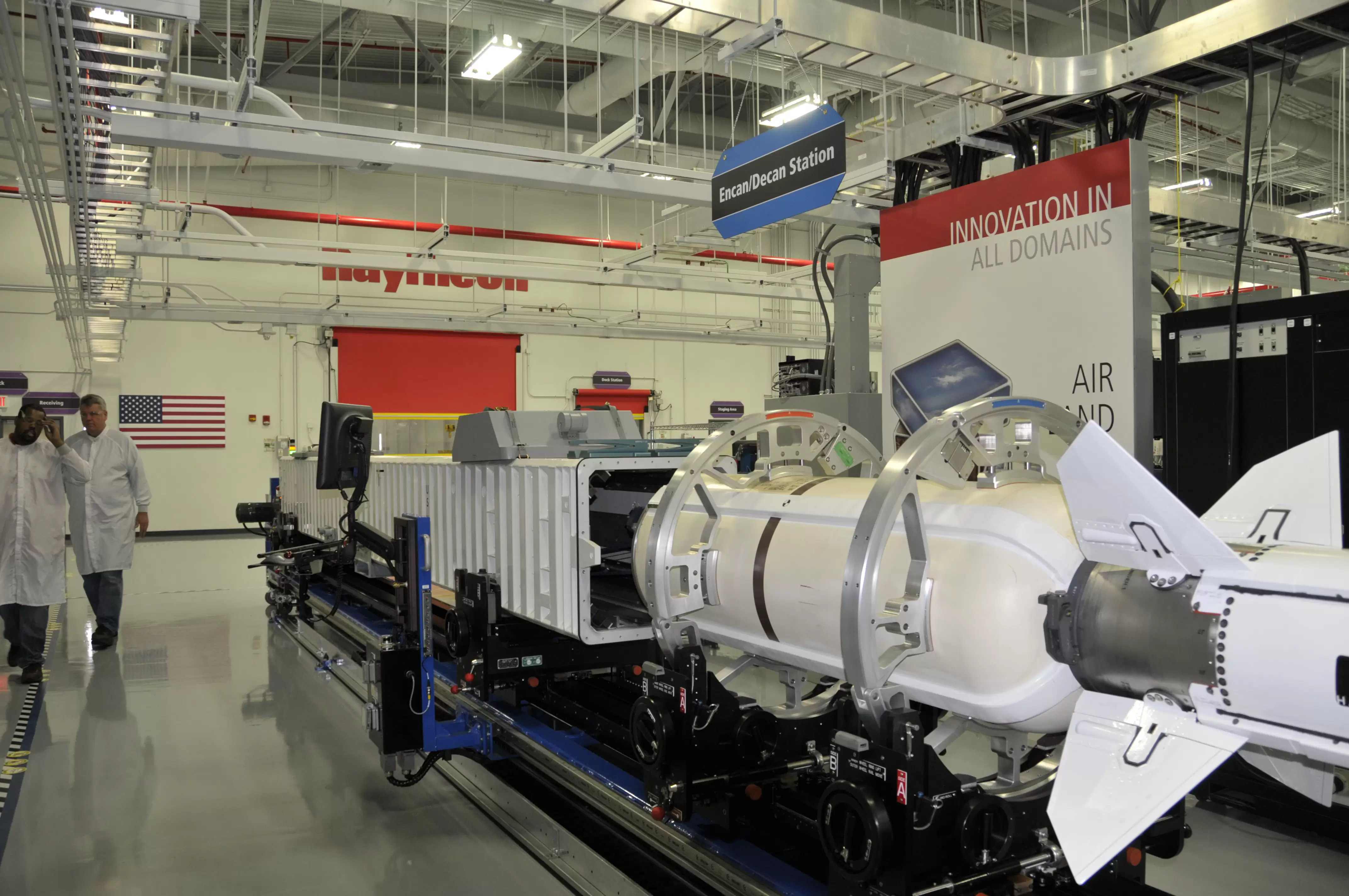
This latest award follows a $344 million contract signed in 2023 for the joint development of upgraded guidance systems for both the SM-2 Block IIICU and the SM-6 Block IU units. That effort aimed to create a unified seeker and guidance architecture, streamlining production by aligning two closely related missile families.
The SM-6 missile, in fact, traces its lineage back to the SM-2 Extended Range Block IV unit, making such unification logical from an industrial perspective. The new contract will now focus on integration and testing, building on the prior design phase.
The SM-2 Block IIIC itself is a long-range missile with a reach estimated between 100 and 160 kilometers, depending on the variant. It equips the U.S. Navy's Arleigh Burke-class destroyers, Zumwalt-class destroyers, and Ticonderoga-class cruisers, forming a core element of layered fleet air defense.
For the United States, expanding missile production is not only about modernization but also about addressing shortages. From 2023 to 2024, the U.S. Navy reportedly expended up to 100 SM-series missiles intercepting Houthi drones and cruise missiles in the Red Sea. That high operational tempo has strained stockpiles.
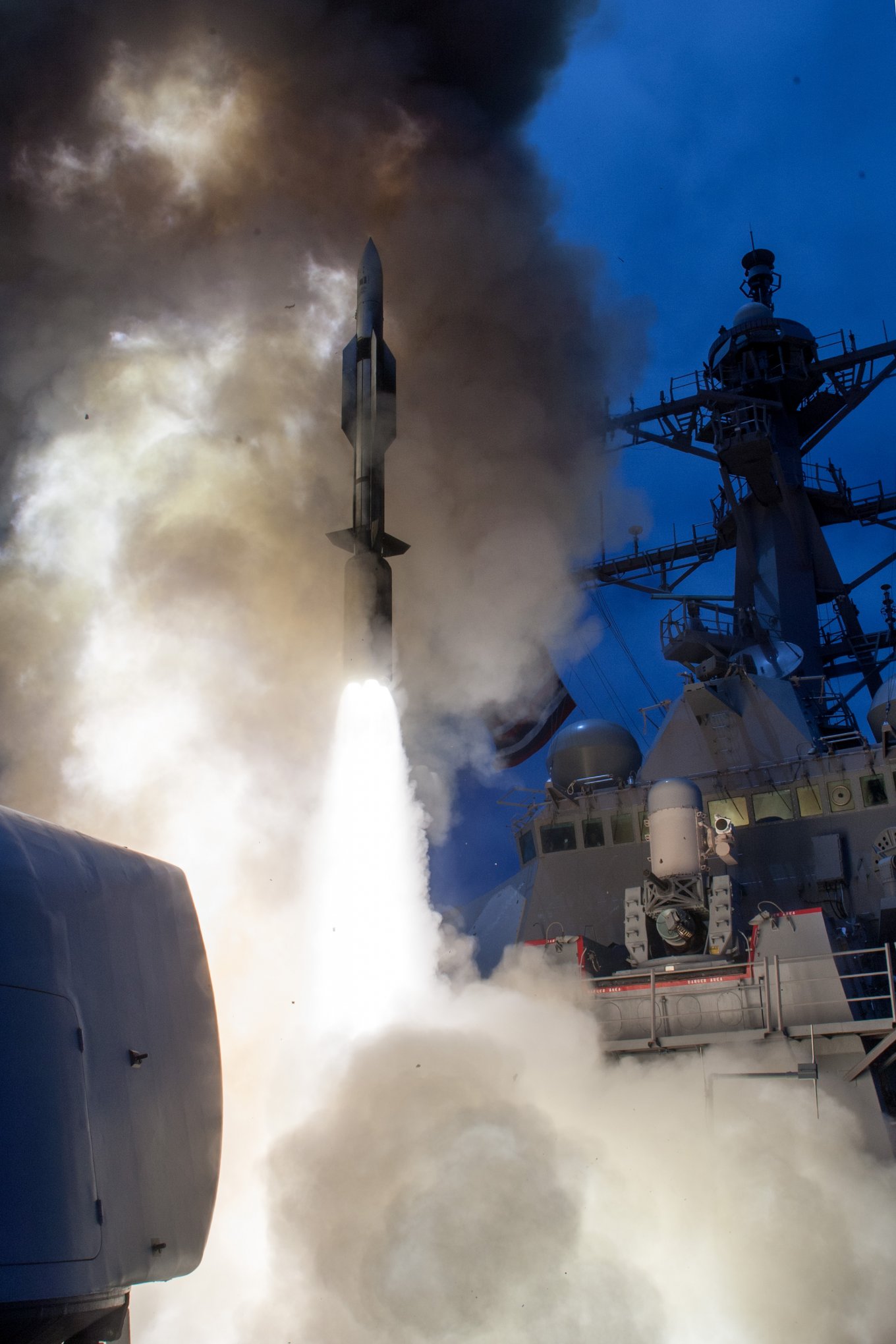
The challenge extends beyond SM-2 and SM-6 missiles. For instance, U.S. forces fired around 150 THAAD interceptors in just 12 days, despite only planning to produce 37 units in an entire year. Washington has since moved to address this gap, ordering $2 billion worth of additional THAAD systems.
Parallel efforts to automate the SM-6 missile production lines also highlight a broader U.S. strategy: increasing manufacturing capacity while reducing costs. The SM-2 missile modernization program fits squarely into this push, ensuring the Navy can sustain operations and replenish stocks while preparing for future conflicts.
Read more: U.S. Revives Serial Production of Aging Harpoon Missiles




